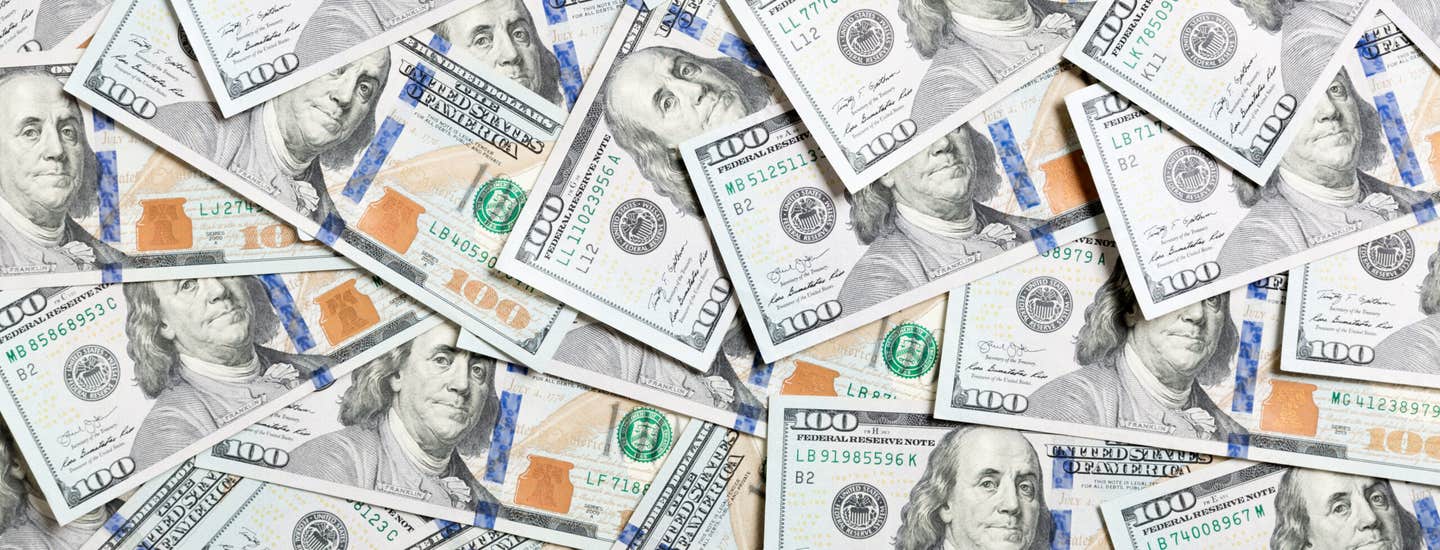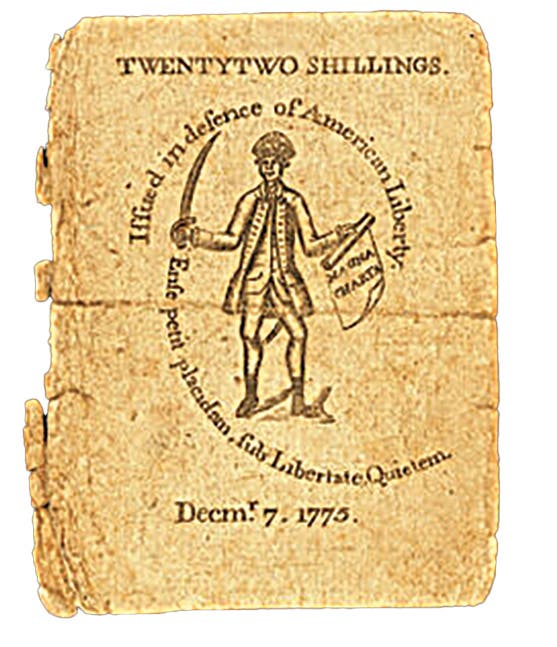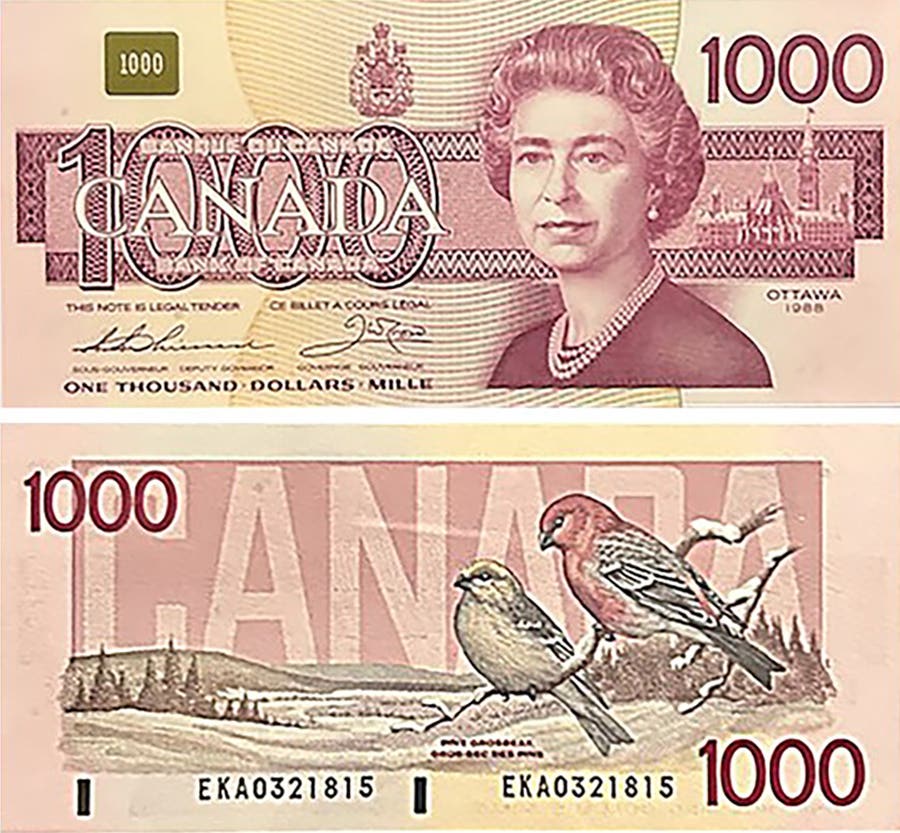Getting Your Notes Graded
The Stack’s Bowers Auction of August was a Barn Burner. Large size notes played a huge role, and while a few notes fell in value, a majority increased, some even…
The Stack's Bowers Auction of August was a Barn Burner. Large size notes played a huge role, and while a few notes fell in value, a majority increased, some even soared. Virtually all categories of Large size notes were represented. High denominations were present in large numbers. As a watcher of Antique Road Show I have noticed that antiques have not recovered well from prices of 2009, when we saw a down turn in most collectables. Currency, however, seems to be back. There were not a lot of Federal Reserve Notes, but the ones that were there were special. For instance: Fr. 1132k a $500 Kansas City Federal Reserve Note jumped from $40,000 to $50,000 in Extra Fine 40 condition. Silver Certificates were well represented. A $2 Educational Silver Certificate, Fr. 248 realized $11,800 in Choice Uncirculated. A $5 Educational note in Gem 65 condition, Fr270 was hammered down at $26,500. A $10 Red Seal Federal Reserve note scored to $7,500 in Gem 65. A $20 United States note, Fr. 127, sold for $7,000 in Extra Fine 40. A number of Demand notes were well received: Fr. 2, a $5 Demand note realized $18,500 in Extra Fine 40, A Fr. 3 brought $4100 in Fine 15. A 1905 Gold $20, Fr. 1180 scored $78,000 in Gem 65, up from a $42,000. It went on and on like this, strong prices were the rule.
Now I’m starting to look forward to the Michigan state show over Thanksgiving weekend. Lots of dealers come, but attendance is basically local, given the Holiday weekend. How are the shows in your area doing, let me know of those you recommend so I can identify them here.
The arrival of the Extra Fine 45 note seems to be quite prevalent now. I had a really nice $1 Educational note, Fr. 224. I finally sent it in after having purchased it years ago for $500. I felt it was a true 40, with very light folds. The 45 I received was a surprise, but it did enhance the value to about double what I paid for it. The distinction between a 53 and a 55, however, is difficult for me to distinguish. I had a grading discussion recently with a friend over the 58 or 60 grade. I prefer a 58 which is generally bright, well centered and hard to find a flaw on. The flaw will usually be a corner tip fold or some other minimal draw back. The 60 graded note, however, will be poorly centered, dull or reflect some other lack. I once heard a collector say his favorite notes were Very Fine 35 grades. Nice and bright, attractive and a bargain compared to their slightly higher graded cousin the Extra fine 40. I don’t like to get notes below 25, as the 20 seems to be faded and less attractive. I think the 20 grade was a Fine 12 some years ago. I prefer an under graded Fine 12 when it comes down to it. One thing grading has done is eliminate bickering over condition. Sellers don’t have to field complaints over the grade of notes that were bought at auction. How do you feel about grading? Contact me at billbrandimore@charter.net, I answer all emails and I enjoy all your comments.








